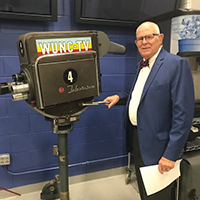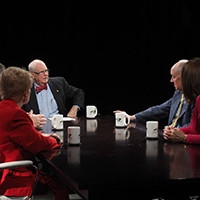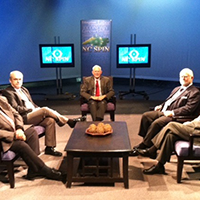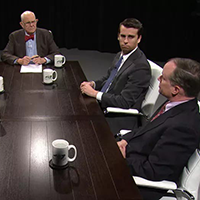Shoppers wandering store aisles this November still seem to feel the pinch as many North Carolinians plan to rein in spending this holiday season. We are posting thelatest Carolina Journal poll at noon Thursday, but here is a sneak peek: two-thirds (67%) of North Carolinians say they expect to spend less during the holidays, reflecting lingering anxiety after years of high inflation and economic uncertainty.
We also found that a majority of voters (58%) say they are not confident in the US economy, with 38% saying they are not confident at all (38%). Despite that low confidence level, most rate their own financial situation as either good (37%) or fair (34%).
So what is weighing on consumers? We can’t discount consumers’ economic scars of the last four years. With memories of double-digit inflation still fresh, even modest cost fluctuations feel threatening. Add recent warnings about tariffs triggering high holiday prices, and consumers are more likely to keep a much closer watch on their wallets.
In many ways, confidence often lags recovery. Beneath the caution, there are good reasons to believe that this holiday could mark a turning point in consumer confidence.
LET’S LOOK AT THE ACTUAL DATA.
The national picture shows reason for cautious optimism. According to CBS News’ Price Tracker and the latest CPI data, inflation remains above the Fed’s 2% target at 3.0% in September 2025. While that’s still elevated, it came in below forecasts, and the monthly pace of inflation has slowed. For the year ahead, the Federal Reserve is expected to cut interest rates at least twice, possibly three times.
Food and everyday goods, which hit North Carolina households the hardest, are showing signs of stabilization. Energy costs, which often set the pace for consumer prices, are finally easing. According to the Bureau of Labor Statistics, the energy index rose only 2.8% over the 12 months ending in September 2025, a sharp slowdown from the spikes seen in previous years. Gasoline prices actually fell by 0.5% during that period. Because energy is a key driver in the cost of transporting goods and powering production, this decline is an early sign that price pressures on everyday items, from groceries to manufactured products, may continue to moderate in the months ahead.
In North Carolina, the state’s labor market remains strong, and companies continue to see opportunity in our state for sectors like advanced manufacturing and technology. The CJ Poll also found that younger adults (ages 18-34) were more likely than older cohorts to indicate they might spend more this season, a small but meaningful sign that some households feel their finances are stabilizing.
TARIFF PASSTHROUGH PRESSURES
Of course, caution is still warranted. Excluding food and energy, core inflation rose 0.2% over last month, a step down from the 0.3% increase in the two prior months, and according to analysis from TD Economics, tariff passthrough costs continued to materialize in core goods prices. Price gains were mostly in apparel, appliances, and hobby and sporting goods, with 75% of categories experiencing price gains last month, up from 67% in August.
The CJ Poll reveals how powerful predictability and psychology are in shaping consumers’ response to inflation amid what feels to be constantly changing economic policy. According to research from the Federal Reserve Bank of St. Louis, consumer confidence reflects not just the economy’s measurable strength but also people’s feelings about stability and direction. When conditions feel unpredictable, confidence drops, spending slows, and the economy loses momentum, regardless of what the hard data say.
For that reason, consistent and predictable signals from policymakers and elected officials matter as much as the economic data itself. The Federal Reserve’s steady progress in bringing down interest rates and stable approaches to tariff and energy policy, help restore confidence for retailers, manufacturers and consumers. In North Carolina, where our polling shows residents remain cautious about their personal finances, that reassurance could be key to rebuilding optimism and, with it, the spending and growth that fuel a healthy state economy and restore the momentum that’s been missing this past year.







